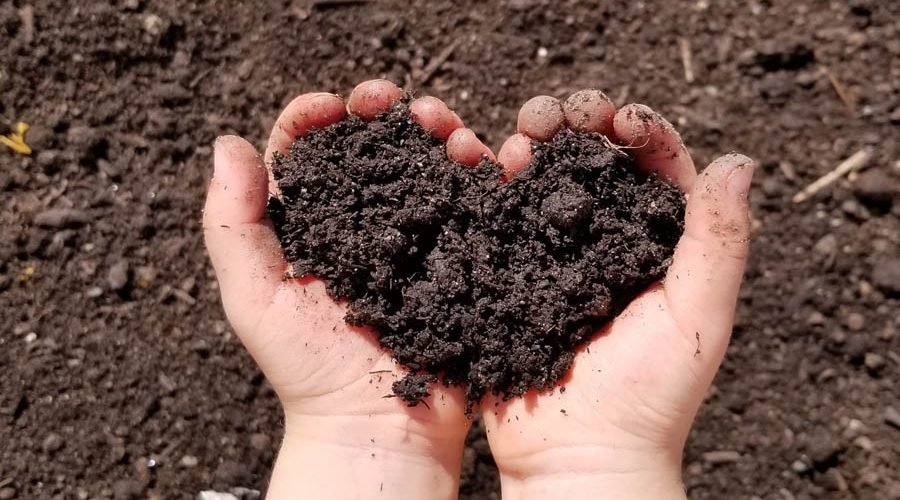For many people, it’s difficult to imagine the tangible threats of climate change. It’s much easier to see it as something that will be an issue in the distant future. Temperatures will rise, sure, but slowly. So slowly, in fact, that no one living today will likely need to worry about rethinking their sunscreen strategy.
The reality of climate change is quite different. People all around the world, including the United States, are already experiencing the impact of human-caused climate change.
In this article, we examine how these issues are having real consequences on public health and safety.
Table of Contents
Here’s the Short Answer
Because it is a public health issue. It’s easy to push this consideration to the side in favor of more immediate aspects of the conversation. “The rainforests are disappearing at an alarming rate.”
“Yes, but competition! The global marketplace. Jobs, jobs, jobs!” And so on.
The conversation quickly devolves into a debate between sustainability — here represented by a desire to protect plants and non-human animals, or profit. The need to continue fueling modern life, and do it in a way that allows us to remain competitive with international businesses.
Here’s the thing that is easy to forget: humans are also animals, just like those whose habitats are demolished as we mow down the rainforests.
We might not have as immediate a relationship with the natural world as the noble panda bear, but we are part of the ecosystem. When we destroy the rainforests, we are damaging our planet’s lungs. When we pollute the oceans, we are wearing away the best natural filter we have. Oceans absorb up to thirty percent of our carbon emissions, but what happens if we ruin them?
And of course, there’s the issue of climate change. Much sooner than many people are willing to admit, the planet will heat to dangerous levels, causing problems not just with the temperature, but storms. More floods. More lightning. More droughts. Fewer crops.
And these are just long-term propositions. There are many components of climate change that are having real human consequences right now.
Pollution
Many major cities around the world hover in a constant state of poor air quality. Air pollution is measured in terms of pollutants per cubic foot. Even in ideal, low-emission conditions, there will usually be some pollutants in the air.
In cities, however, the numbers get high quickly. All those cars. Industrial interests. Homes with their smokestacks. It adds up quickly. Right now, most people can walk down the average city street without fear of consequences.
However, vulnerable segments of the population do need to actively monitor air quality conditions to keep themselves healthy.
In Japan, post-mass industrialization, people have been commonly wearing masks since the 1950s, specifically to avoid air contamination.
Exposure to unhealthy air will range in its impact but can cause mild symptoms like lightheadedness, or much more significant symptoms, including cardiovascular problems, respiratory damage, and even cancer.
If left unchecked, the threat of low-quality air may expand well beyond cities, making it difficult for anyone to completely avoid pollution. And, of course, it’s worth mentioning that cities aren’t the only places that have low-quality air.
All it takes is a factory or two to release dangerous emissions. Small towns all across the country are home to factories that may be contaminating both the air and water supply. Which brings us to our next point…
Water
Parkersburg West Virginia is home to a major DuPont chemical factory. For decades, the people of Parkersburg were grateful advocates of DuPont. In this town, employment opportunities weren’t very diverse. There was agriculture, the occasional retail store or restaurant, and DuPont.
They knew who was keeping the lights on. Which is why many people were willing to turn a blind eye when the pigs started to die after drinking the creek water.
And was there really an elevated rate of cancer in DuPont employees? No. People get sick everywhere.
This went on for decades until one farmer, and a Cincinnati lawyer fought the issue in court. The farmer had noticed that his livestock was getting sick from drinking the creek water.
It took decades of litigation, but water testing and lots and lots of probing revealed that a deadly chemical from the manufacturing of Teflon had made it into the local water supply. Not only was it killing the cows, but it was also producing significantly high rates of cancer in the people of Parkersburg. And evidence strongly suggested that DuPont knew all about it.
Is this a dramatic example of water pollution? Maybe. Most towns aren’t Parkersburg. But this was a very recent incident, unfolding throughout the course of the early 2000s. And Flint, Michigan spent years fighting dangerous drinking water contamination levels.
Pollution in drinking water is something that can happen anywhere. When it does take place, it can be very difficult to fix.
Right. But this article is about climate change. Did the ozone layer poison the water to get back at me for not recycling my cans?
We’ll get our best people to research that question for you. Water pollution is often tied directly with activities that have a broader, less tangible impact on the climate.
Industrial activity doesn’t just contaminate the local water. It creates emissions that slowly thin out the ozone layer, having an impact that will eventually be felt all around the world.
Climate-Related Disasters
It’s also important to realize that climate-related disasters are already taking place all over the world. Water levels rise. Hurricanes become more frequent and more severe. In coastal communities, this means soil erosion now, with the promise of serious and permanent flooding in the not-so-distant future.
Contrary to popular belief, this isn’t something that is happening in remote corners of the world. California regularly encounters climate change-related disasters, and Miami is experiencing heightened occurrences of flash flooding.
These are real problems with actual human consequences. Unfortunately, many of these issues are already here, and they are irreversible. Only with significant and prompt action both at the individual and legislative level can further damage be prevented. Education is important. The more people know about the risks of climate change, the easier it will be to fight.





